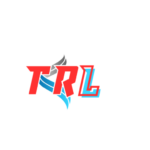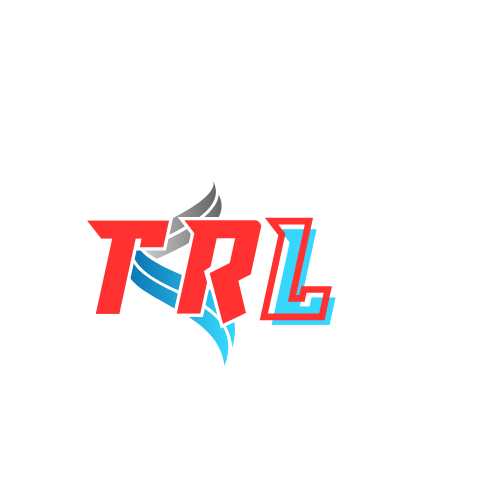
As we move into 2025, the trucking industry is poised for significant transformation. A combination of economic pressures, technological advancements, regulatory changes, and supply chain shifts is shaping the future of the sector. Here’s a comprehensive forecast of the key trends, challenges, and opportunities that will define the trucking industry in 2025.
1. Economic Factors and Freight Demand
The U.S. economy is projected to grow at a moderate pace of 2.1% year-over-year in 2025. Despite rising economic risks, consumer demand remains strong, driven by pull-ahead purchases ahead of potential tariff-driven price increases1. Freight volumes are expected to stabilize, with a 2.1% year-over-year growth in Q1. However, excess capacity remains a headwind, delaying a full recovery in spot market conditions1.
2. Regulatory Changes and Compliance
The trucking industry will face several regulatory changes in 2025. The Federal Motor Carrier Safety Administration (FMCSA) is expected to implement new rules, including speed limiter mandates and Automatic Emergency Braking (AEB) systems. These regulations aim to enhance safety and efficiency but may also increase operational costs for carriers. Staying compliant with these new regulations will be crucial for trucking companies to avoid penalties and maintain smooth operations.
3. Technological Advancements and Electrification
Innovation continues to drive the trucking industry forward. The adoption of electric and alternative-fuel vehicles is gaining momentum, driven by increasing regulatory pressures and growing environmental awareness. Autonomous trucking and AI-driven logistics are also expected to reshape workforce dynamics and business strategies. Fleet owners and logistics companies must stay adaptable to leverage these technological advancements effectively.
4. Supply Chain Shifts and Market Realignments
Global supply chain disruptions continue to impact the trucking industry. Increased nearshoring efforts by major corporations are reducing dependency on long-haul cross-border transportation. E-commerce growth is leading to higher demand for last-mile delivery solutions, while bottlenecks at ports and warehouses are affecting freight transit times4. Trucking companies must navigate these shifts to optimize their operations and meet evolving customer demands.
5. Driver Shortages and Labor Market Dynamics
The trucking industry continues to grapple with driver shortages, which remain a significant challenge in 2025. Attracting and retaining skilled drivers is essential for maintaining fleet capacity and meeting delivery schedules. Companies are investing in driver training programs, offering competitive wages, and improving working conditions to address this issue.
6. Market Outlook and Growth Opportunities
Despite the challenges, the trucking industry is gearing up for 2025 with cautious optimism. Analysts predict steady growth in freight volumes as supply chains stabilize. The medium-duty and vocational truck segments are expected to expand, driven by infrastructure spending and renewed economic activity in construction, agriculture, and municipal services3. Trucking companies should capitalize on these growth opportunities to enhance their market position.
Conclusion
The trucking industry in 2025 is navigating a complex landscape of economic pressures, regulatory changes, technological advancements, and supply chain shifts. By staying informed and adaptable, trucking companies can overcome challenges and seize opportunities for growth. Embracing innovation, maintaining compliance, and investing in workforce development will be key to thriving in this dynamic environment.

